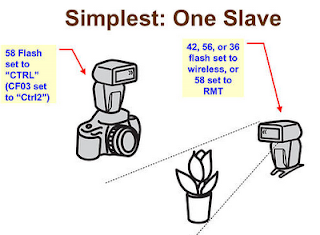I wasn't going to write this. After all, I never do camera reviews (I just write books about them :-) ) and I had not budgeted any time to write a newsletter this month. However, I have just returned from a family vacation having taken my new Sony Alpha 550 as my only DSLR. Unlike some of the reviews I've read online about this camera, I actually spent time using this camera as it was designed to be used: to take great family pictures. Especially of toddlers (who don't sit still for anything). Especially on a vacation. Especially in low light. And I have to tell you - for this purpose, this camera is just AWESOME!! It can focus faster on moving children than I could using my older cameras and some skill. It is lightweight and ideal for travel. It can shoot in low light and show you images that look brighter than what your eye sees, all with relatively low noise. My A700 (formerly my camera of choice for family events) would never had done this well in some of the challenging situations I found myself in.
Like those other reviews, when I first started to explore the camera, I first latched onto of all the features that were missing that I was used to coming from higher-end cameras: Release Priority mode, AEL-SPOT-TOGGLE mode for the AEL button, conveniently-placed buttons, mirror lock-up, etc. But once I took off my "professional photographer" hat and put on my "tourist" hat these attributes (or lack thereof) quickly melted away (kind of like the molten lava shot on the right, also taken with the A550).
Like those other reviews, when I first started to explore the camera, I first latched onto of all the features that were missing that I was used to coming from higher-end cameras: Release Priority mode, AEL-SPOT-TOGGLE mode for the AEL button, conveniently-placed buttons, mirror lock-up, etc. But once I took off my "professional photographer" hat and put on my "tourist" hat these attributes (or lack thereof) quickly melted away (kind of like the molten lava shot on the right, also taken with the A550).

















